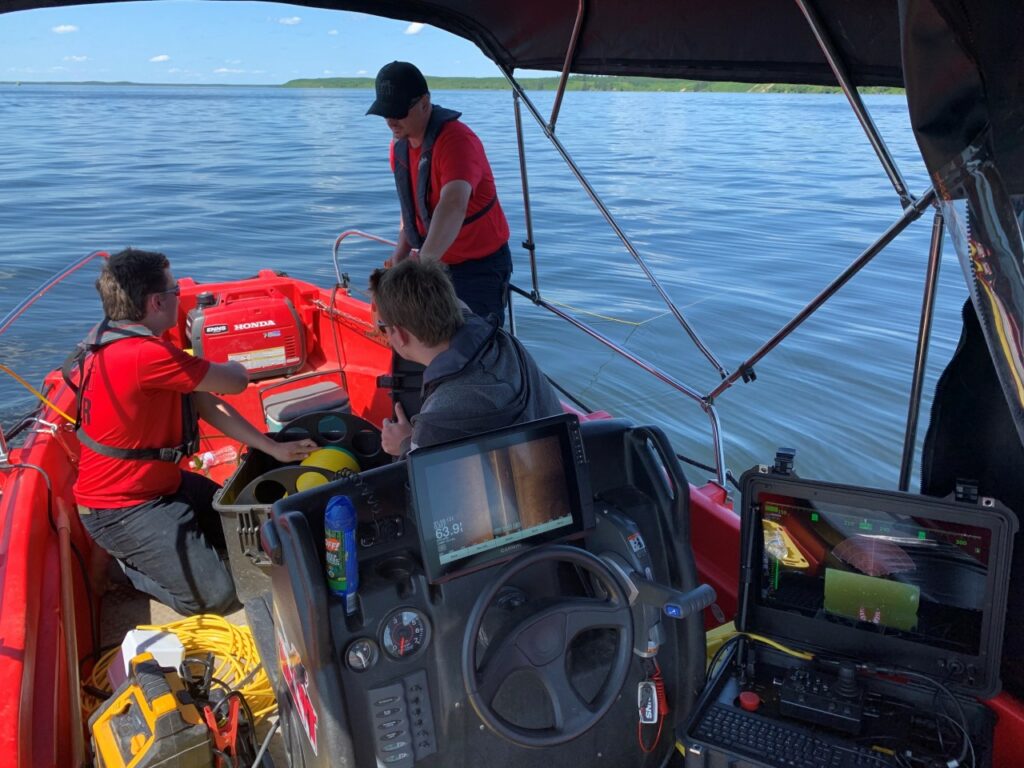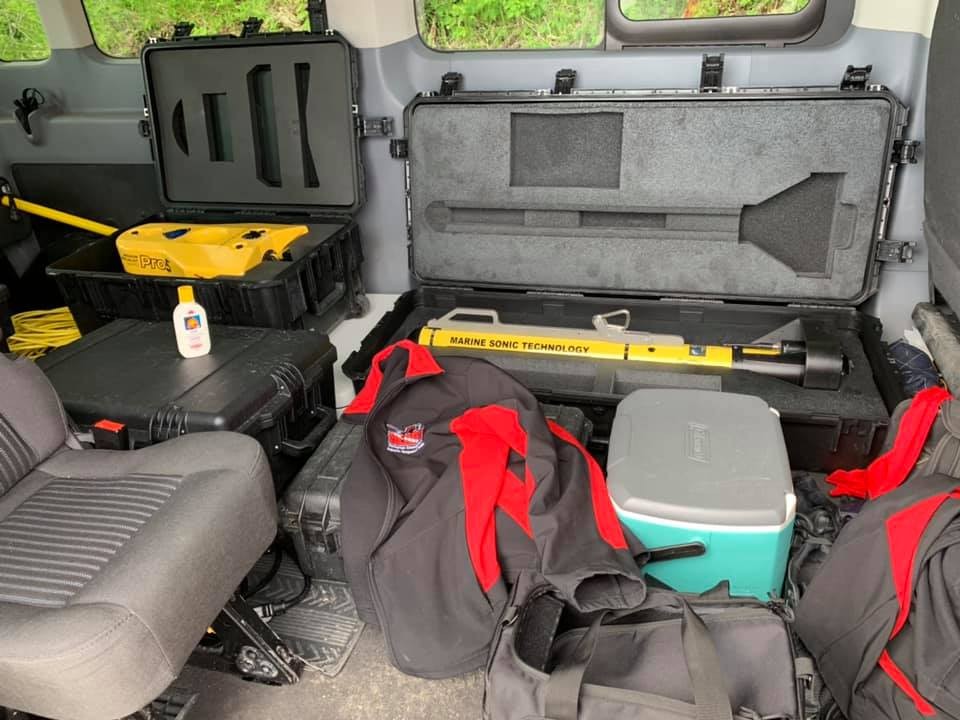A recovery operation with a ROV requires a lot of preparation in advance. The last thing you want is to run into a snafu while trying to get the sub in the water or when it’s submerged. Here is a quick rundown of 11 prep tips to consider:
- All personnel involved in the recovery operation should be properly trained and understand the potential risks of the operation.
- Conduct a briefing with everyone involved before starting the operation. Some suggested topics to cover include:
o The plan for the operation.
o Communications and responsibilities.
o Weather and water conditions.
o Timeline for the operation.
o Backup plans.
- All participants should wear a Personal Flotation Device (PFD) when working on the water.
- Familiarize yourself with the boat you’re on and be aware of any operational “quirks.”
- Secure items on dock/deck.
- Keep the worksite organized and safe from self-created hazards.
- Use lock-out, tag-out procedures when needed.
- Know your load before beginning a recovery operation and take the appropriate steps to deal with it. There are four basic loads:
o Static load is the stationary hanging weight of a load.
o Dynamic loading is a load that changes its weight during the recovery
process.
o Shock loading is a condition that occurs when velocity (acceleration)
is added to the mass of an object.
o Friction loading is when additional load is added by the object being
lifted and coming in contact with another surface or material.
- Check your ROV’s physical status for any deteriorating or loose parts as well as all connections. Replace defective parts if necessary.
- Check the tether and control panel to ensure both are in good working order.
- Don’t be afraid to call off an operation if the risks exceed an acceptable threshold.


 CALL US: +1 610 458-3000
CALL US: +1 610 458-3000
 CALL US: +1 610 458-3000
CALL US: +1 610 458-3000  News
News














